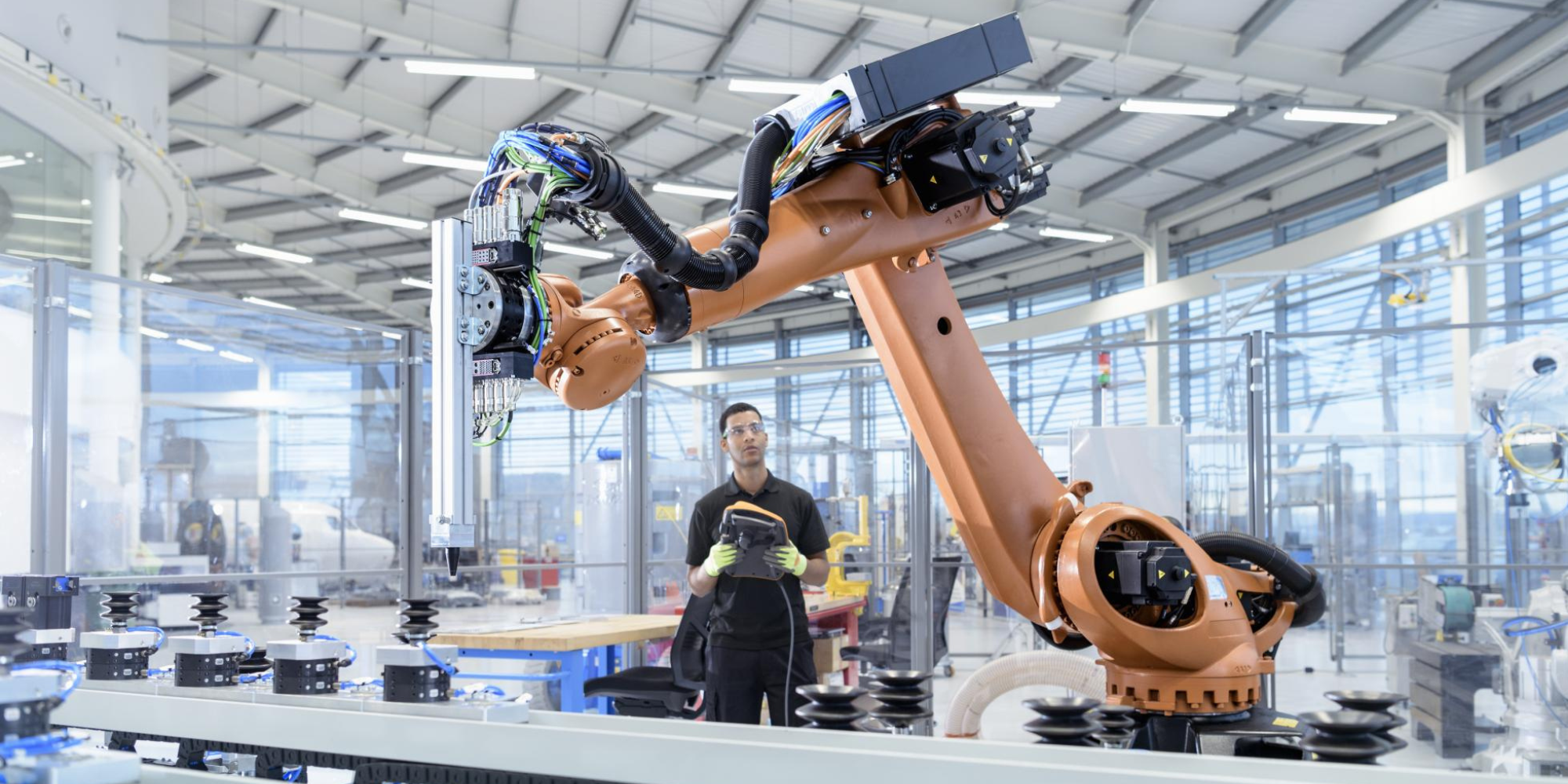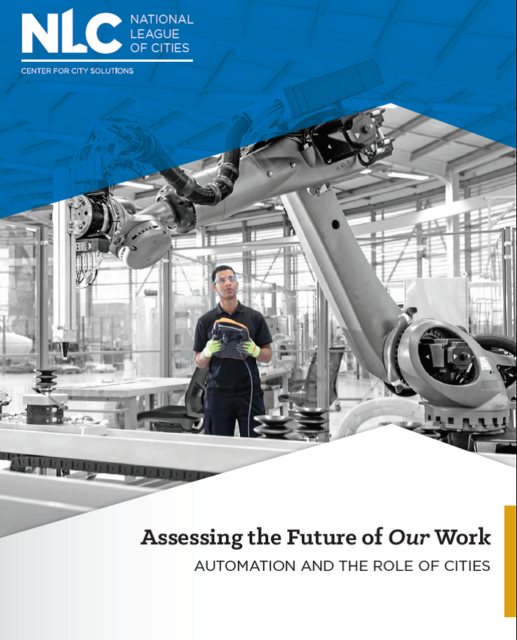The National League of Cities’ Center for City Solutions has analyzed occupations at three levels of automatability as well as the highest-ranking skills associated with those occupations. The goal of this report is to identify growing American occupations and their susceptibility to automation, ranking them with low, medium, or high automatability. Analyzing these rankings will help city leaders recognize trends in their own communities. It will also enable city leaders to identify occupations with the lowest educational barriers and the highest average incomes.
Automatability is categorized herein as low (30% or less), medium (30% – 70%), and high (70% or more). All methodology is borrowed from the Oxford Martin School. The higher the probability, the more likely the occupation’s required tasks are to be optimized, not necessarily eliminated. By categorizing these growing occupations, it should become clear that workforce investment and development in the 21st century has shifted beyond securing jobs (job placement) and moved toward securing financially sustainable, long-lasting jobs.
Understanding the gap between jobs with high and low automatability can create more opportunity and help city leaders formulate their own strategic plans for the future. Unemployment in the U.S. sits around 4 percent, the lowest in a decade. Our federal statute on workforce development—the 2014 Workforce Innovation and Opportunity Act, or WIOA—currently incentivizes job placement, wages, and retention. While important, these incentives best fit the profile of a low-income, low-skilled worker and do not address the full profile of those who might be displaced by automation. Displacement will impact workers across income and skills brackets.

